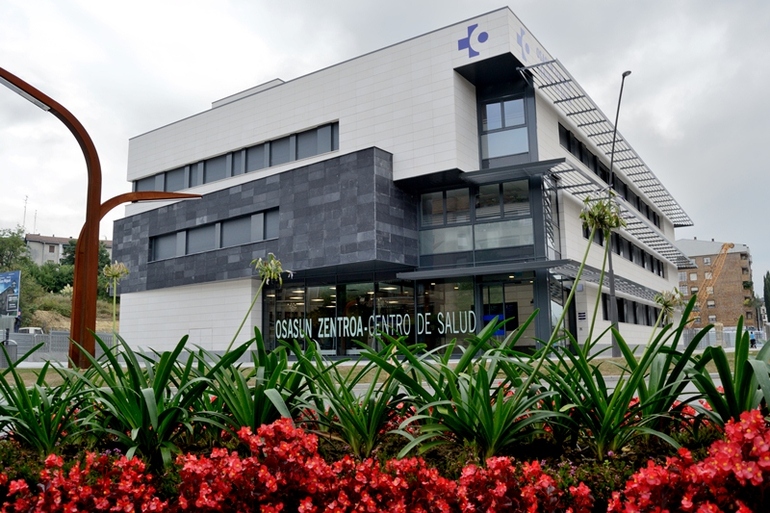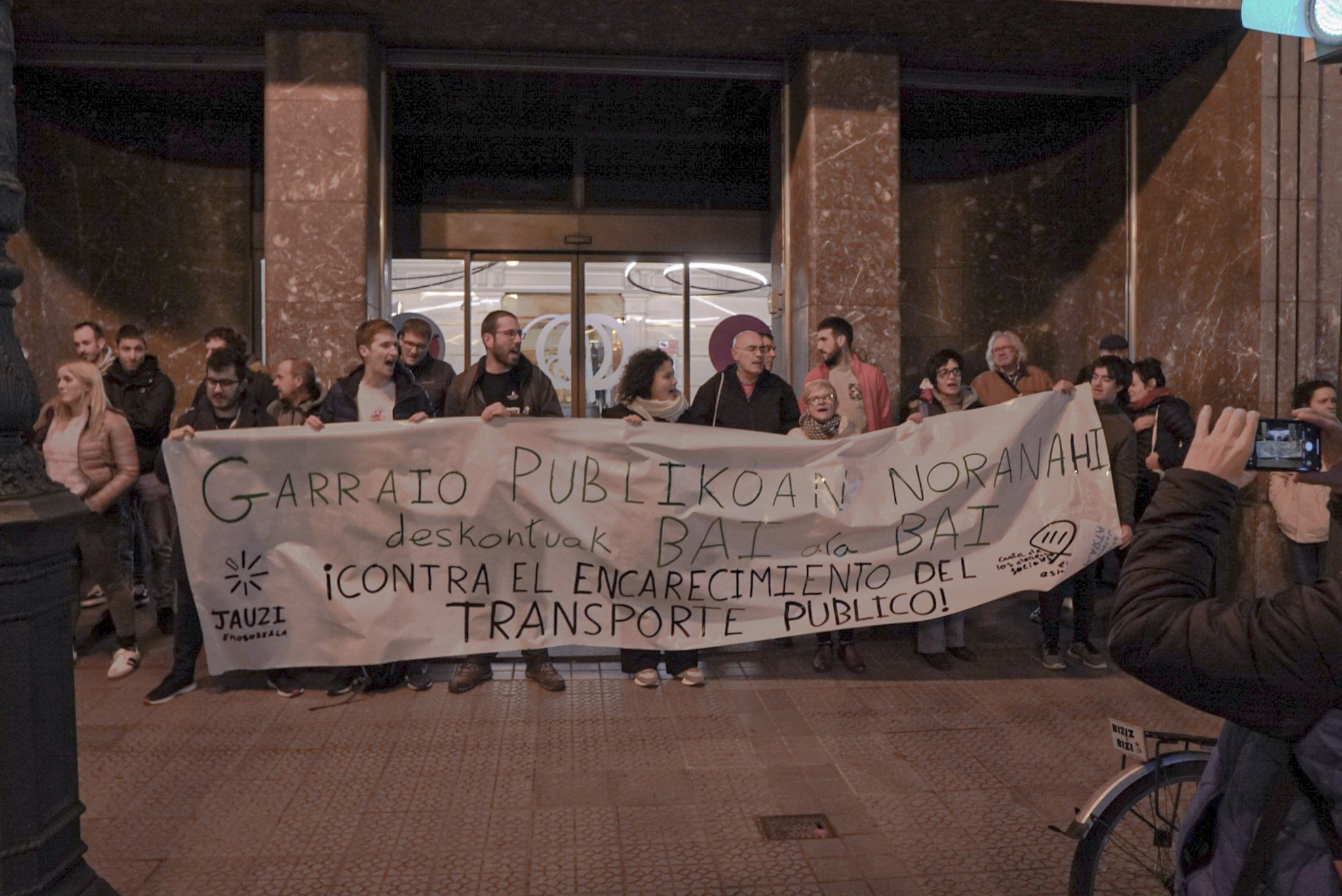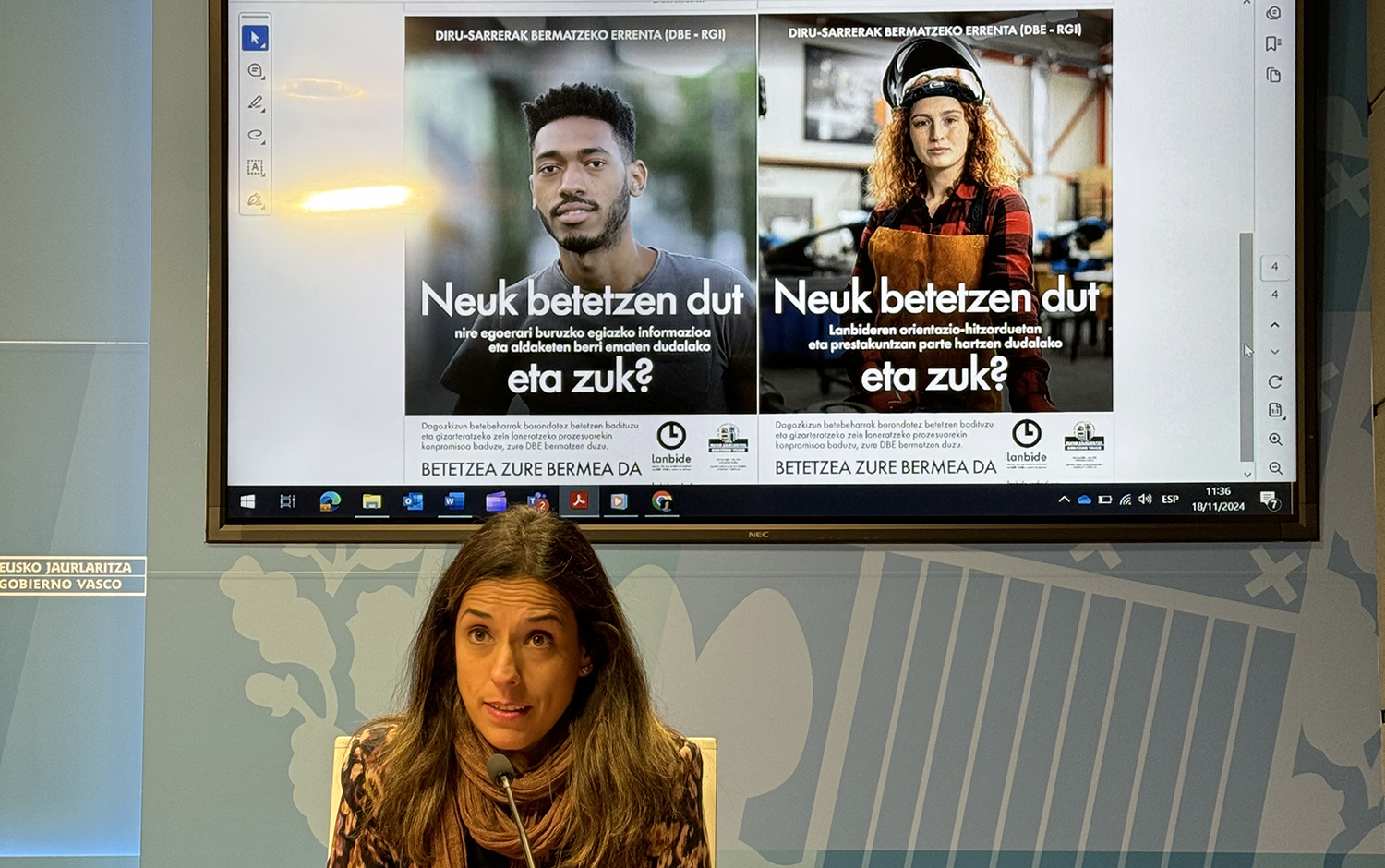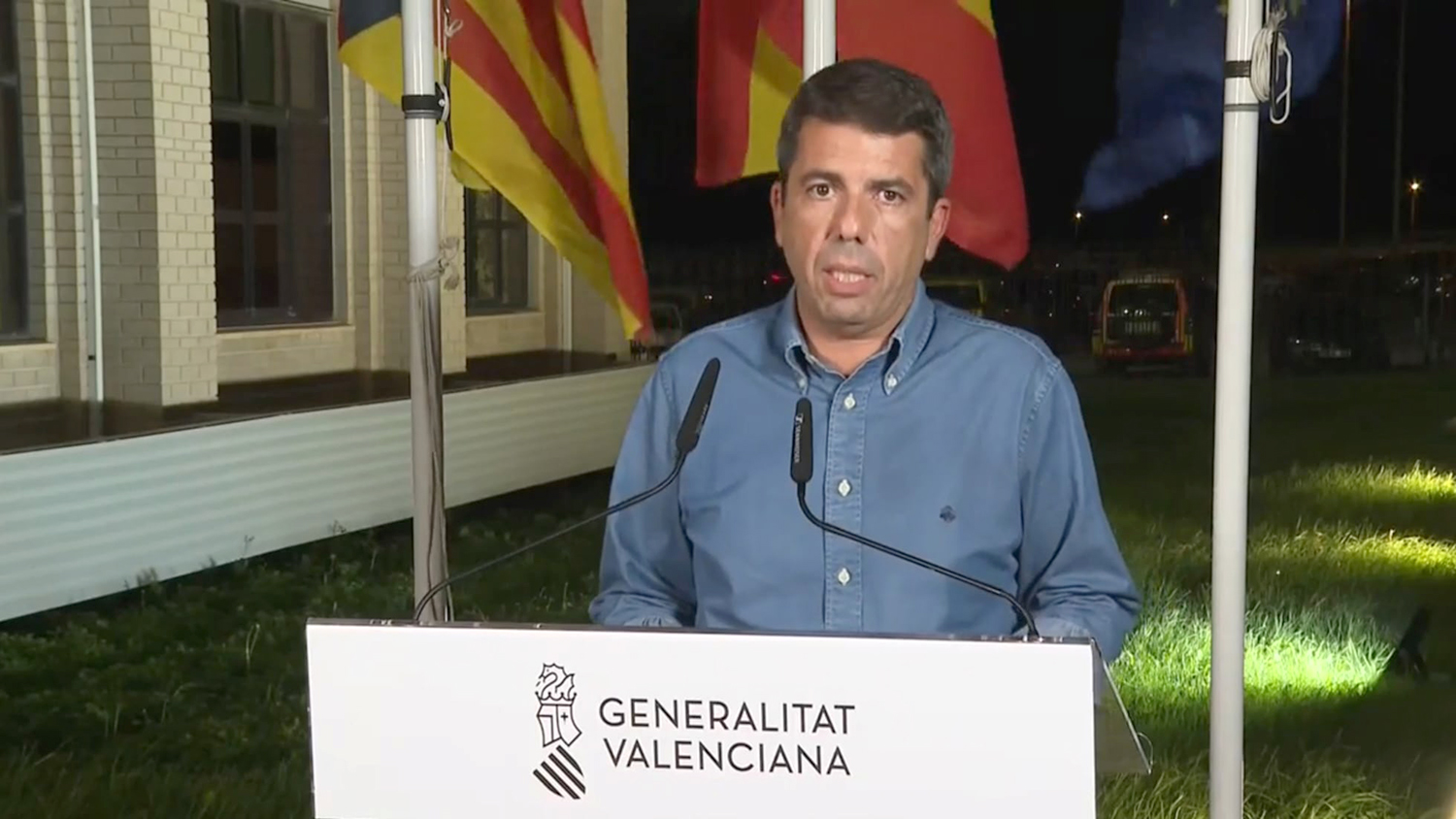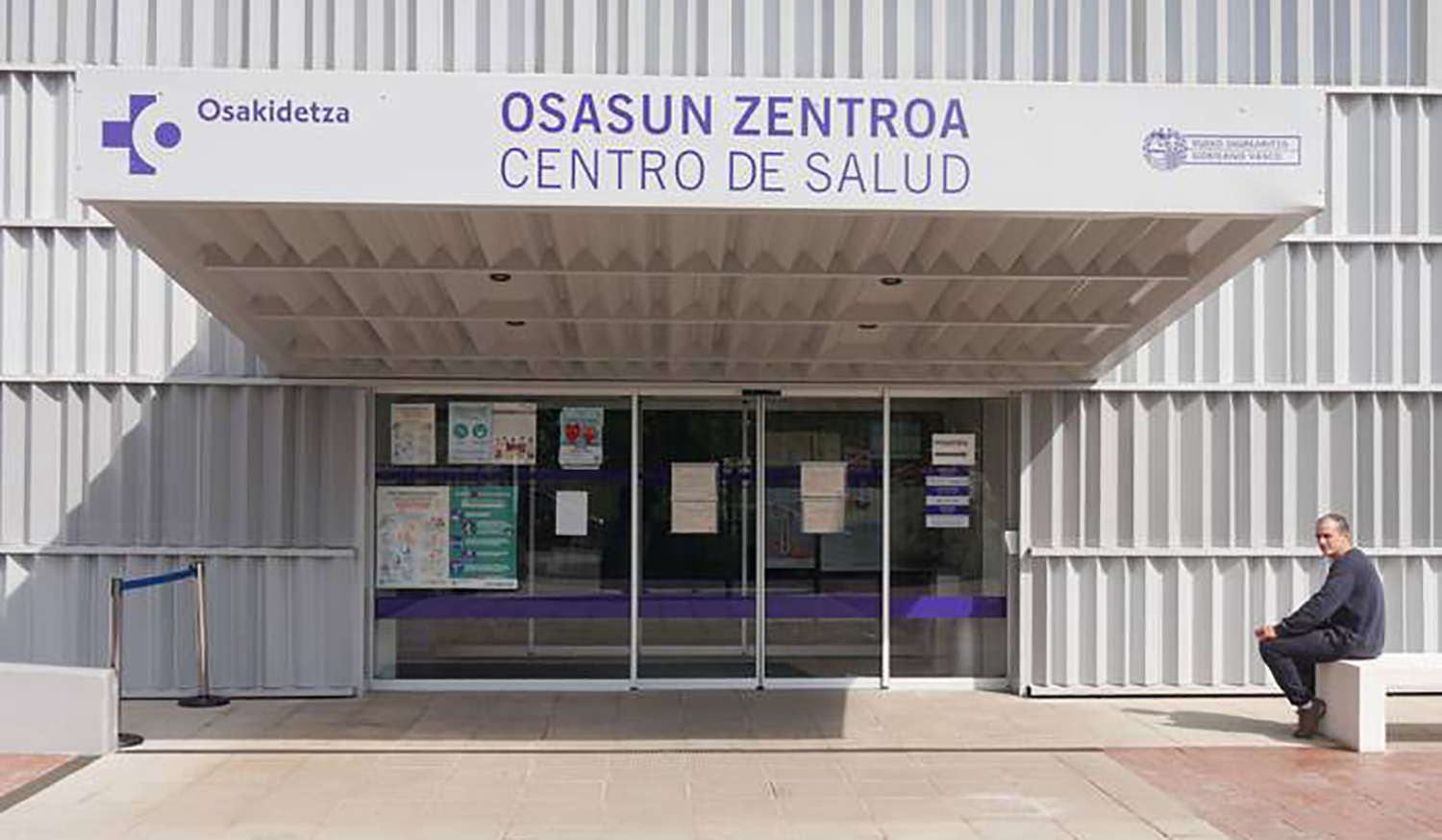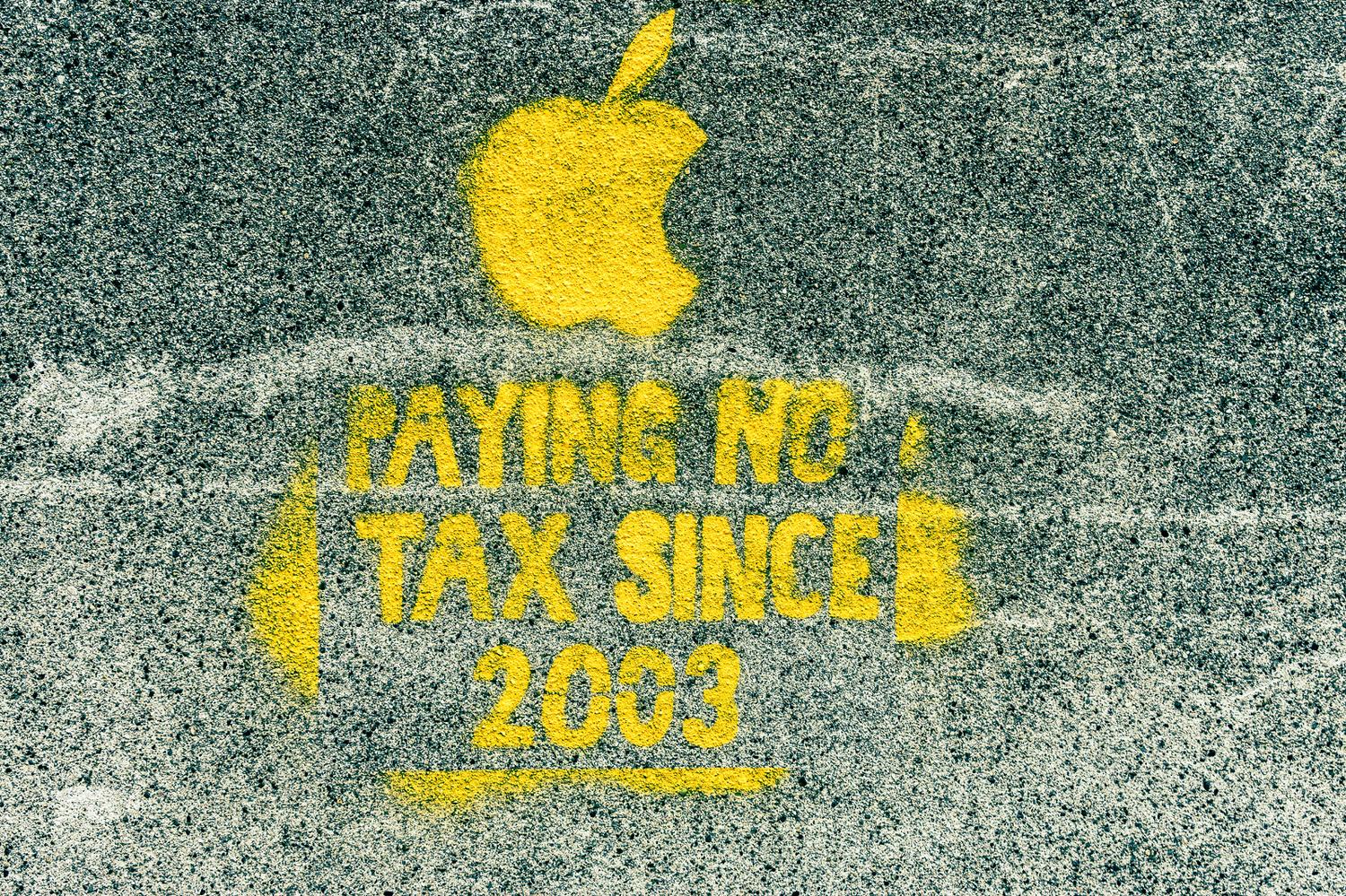Olentzero's gifts are lost at sea by Hanjin's defeat
- The Korean Hanjin, the seventh largest shipping company, have been caught between the waves, without being able to access the destination docks to thousands of products for pre-Christmas campaigns. They were coming in the giant ships from Hanjin from Asia to the consumer West, piled up in the thousands of containers that have become emblematic of globalization. It is the kick of the crisis this August.
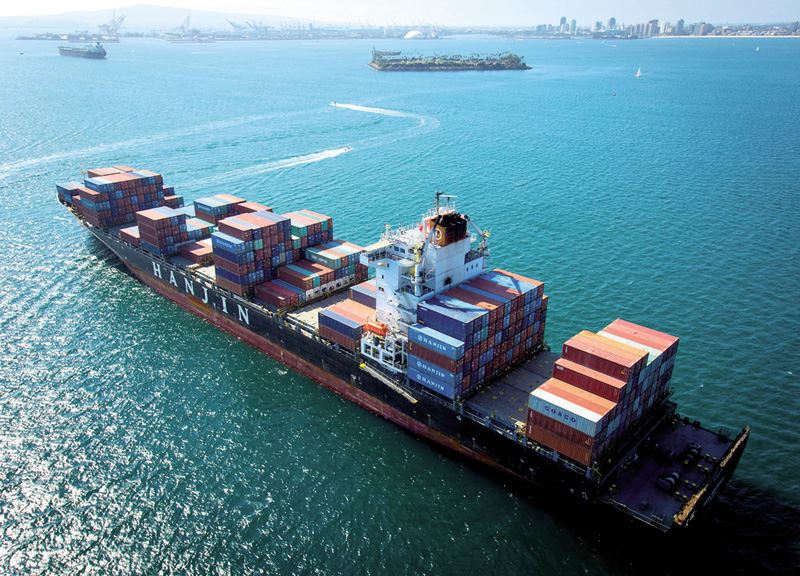
The storm has left more than 550,000 containers around the world anchored to the entrance of ports or to the open sea. It is not possible to land an approximate value of $14 billion. Samsung, Nike, Wallmart and other strong multinationals are nervous because they are preparing their purchases for Thanksgiving in the United States.
At the end of August, Panic headlines were read on the monitoring pages of the globalised economy, when Brok was the seventh largest shipping corporation. At the end of September, although the alarms have relaxed, it is uncertain what kind of terror will lead to Hanjin’s bankruptcy around the world.
Of the nearly 100 paquebotes held by the company Hanjin, 45 have remained stationed, unable to dare to enter the docks or cross channels such as Suez’s, to prevent them from being seized to execute the company’s debts, in other cases because the company could not advance the price of the port service.
In particular, it is estimated that around 1,500 seafarers and other direct workers account for more than 12,000 in the Busan shipyard in Korea. The British BBC chain has approached to visit the Hanjin Rome steam prisoners to show a detailed picture of the hijacked sailors.
Hanjin Romá's crew trapped his company's shipwrecks on August 29 in Singapore. Leaving on 17 July from Puerto Manzanillo (Mexico), they reached the city with a scale in Puerto Lázaro Cardenas, Balboa (Panama), Busan (Korea) and Chiwan (China). Tied on the Singapore platform, a police chief and a lawyer arrived on the afternoon of 29 August to inform them that the steam had been hijacked by the company’s debts and that, after leaving the pier, they would have to wait on the high seas. The 24 sailors who move Hanjin Rome have their smartphones as the only way to get in touch with the world, they cannot go down to the ground, waiting for them to be allowed to come to eat and drink to survive.
But the stories of crews locked up not on ghost ships, but the damage to the world economy caused by the sinking of Hanjin, as 8% of the goods moving by the sea pass through their hands. A year, Hanjin transports 3.7 million TEU containers into giant ships: the large vessels that are capable of transporting 10,000 of those 20-foot TEU containers, Twenty-foot equivalent unit, which have become one of the symbols of globalisation, are fashionable by Hanjin himself.
“The wave that the sinking of Hanjin Shipping will bring will be for shipping just like the defeat of Lehman Brothers for the financial markets. It’s a huge atomic bomb that shakes the supply chain, the very foundation of globalization.” This has been addressed to Bloomberg Gerry Wang, executive president of Seaspan Corporation, one of the most classic in Pacific Ocean Shipping.
Wang has reason to be pessimistic, as his companies rent four of the 104 boats Hanjin uses and are now going to have to recover them. Like most other economic activities, maritime transport is also made up of a complex network of companies, contractors and subcontractors. However, the problem goes far beyond the borders of Hanjin’s creditors and customers.
The Los Angeles Times has said that the iceberg, which has not yet been seen most of the limb, shows with this bankruptcy the confusion in the Fletasarians. Shipping prices have been below costs until Hanjin's bankruptcy has brought rotten fish to the surface.
Too cheap gets paid expensive
Too many goods for overcapacity, here's the fear of giants who look in Hanjin's mirror. In the 2000s, the shipping companies drew up enlargement plans on growth forecasts which have not yet been implemented.
Do not believe politicians who say that the recession, the crisis in general, is over. Worldwide sales in 2016 will not increase by 3%, far from the 4% forecast, or much less than 6% prior to 2008. Many ports in the West continue to lose traffic and companies continue to lose money. The yield of a 20-foot container per square meter has dropped from $1,189 in 2011 to 776 this year. Shipping companies will lose more than $5 billion this year, according to estimates by Drewry Maritime Research, most of the old companies.
Companies have seen no other way forward than the drop in freight prices, by reducing freight traffic and increasing the capacity of ships to transport them. All current consumption is based on the low cost model. Los Angeles Times estimates that a middle-class family is halfway priced by shipping a 40-foot capacity container for the entire home from California to Hong Kong for trailer to New York.
Japanese companies Nippon Yusen and Hyundai Merchant Marine have lost three quarters of their stock market value. And the tariffs for maritime transport have also increased rapidly throughout September: for these huge traffic flows through the ocean, the warmest time of the year is autumn, the consumer portal of the winter holidays of the rich countries, and as producers, distributors seek security.
At the Resilience website, Kurt Cobb has interpreted the essence of the August accident: “Hanjin’s bankruptcy shows that efficiency in just-in-time distribution is ultimately not as efficient.” In the name of efficiency, all companies have reduced their inventories to almost disappear in order to try to reduce costs more and more, and in addition to the logistical spaces that allow them to immediately meet any demand – just-in-time – transport has turned into travelling warehouses, trucks and boats, with the great support provided by informatics.
With fewer and fewer stocks in the warehouses, closely trapped in the zero-stock strategy, an accident in the complex supply chain like Hanjin’s can turn into a nightmare. You can catch anyone and anyone through your throat, either your family or your hospital, as nowhere has more than three days of food been saved.
Resilience cannot be achieved with just-in-time stock and zero, the ability to face serious problems costs a lot. But globalization is not about resilience. Like the financial system and politicians have not learned the lesson of the Lehman Brothers explosion, we are also looking for more sustenance in the distribution system.
Pazienteek Donostiara joan behar dute arreta jasotzeko. Osasun Bidasoa plataforma herritarrak salatu du itxierak “are gehiago hondatuko” duela eskualdeko osasun publikoa.
PPrekin eta EH Bildurekin negoziazioetan porrot egin ondoren etorri da Ahal Dugurekin adostutako akordioa. Indar politiko honek aitortu duenez, maximalismoak atzean utzi eta errealitateari heldu diote, errenta baxueneko herritarren aldeko akordioa lortuta.









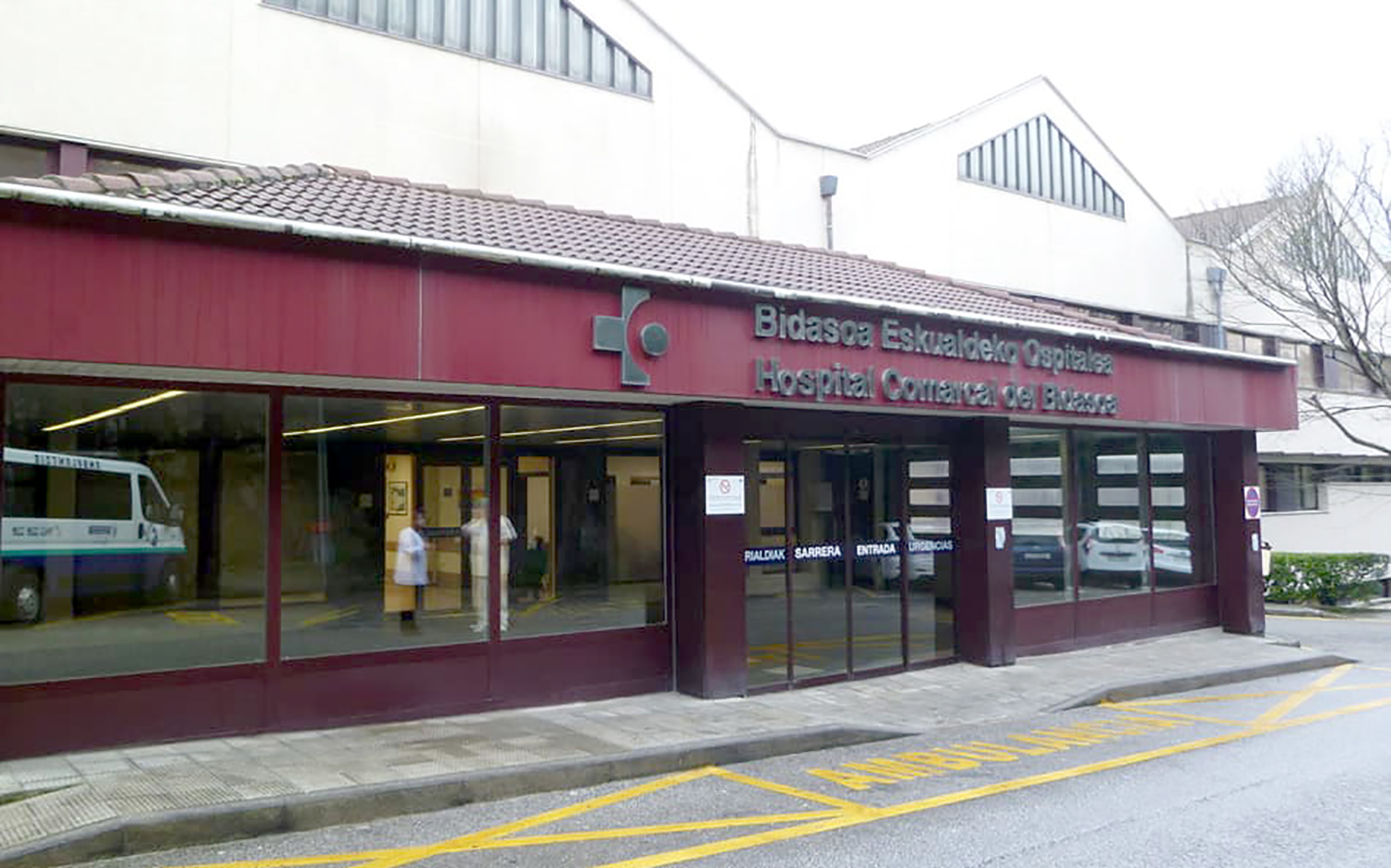
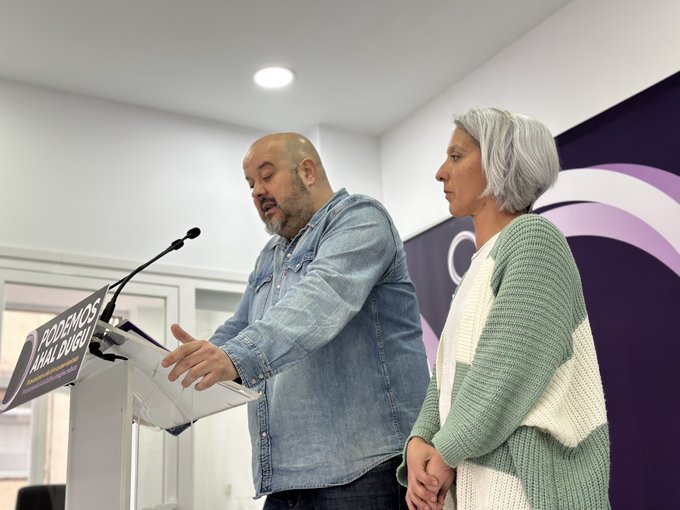

.jpg)

